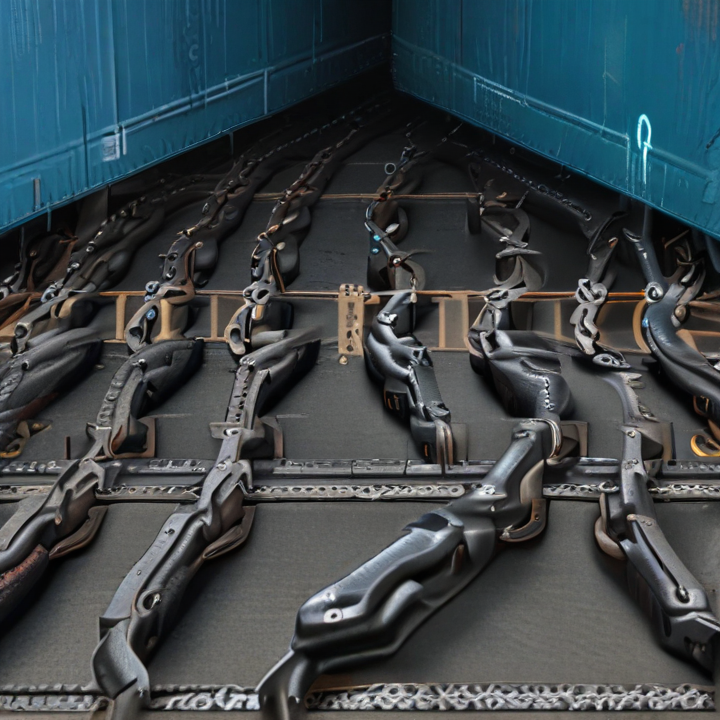transport chain Safety Certifications
Transport chain safety certifications are essential for ensuring the safety and reliability of goods and services as they move through various stages of the supply chain. Several internationally recognized standards and certifications are designed to promote best practices in transport chain safety:
1. ISO 39001: This certification provides the requirements for a Road Traffic Safety (RTS) management system. It enables organizations that interact with the road traffic system to reduce death and serious injuries related to road traffic crashes.
2. ISO 45001: Focused on occupational health and safety, ISO 45001 helps organizations reduce workplace hazards and ensure safer working environments for employees involved in transport operations.
3. AEO (Authorized Economic Operator): This certification is a part of the SAFE Framework by the World Customs Organization (WCO). AEO status is granted to businesses meeting specific security and compliance standards, ensuring secure logistics and customs processes.
4. TAPA (Transported Asset Protection Association): TAPA provides certification for high-value theft-targeted logistics and transport. Known as FSR (Facility Security Requirements) and TSR (Trucking Security Requirements), these certifications enhance security practices within the supply chain.
5. IATA CEIV (Center of Excellence for Independent Validators): Relevant for the air transport sector, CEIV certifications cover various aspects such as pharmaceuticals, perishables, and live animals. The CEIV program ensures standardized, efficient, and compliant handling of such sensitive shipments.
6. CTPAT (Customs Trade Partnership Against Terrorism): A voluntary supply chain security program led by U.S. Customs and Border Protection, CTPAT focuses on improving the security of private companies’ supply chains with respect to terrorism.
Each of these certifications plays a vital role in creating a safe and secure transport chain, mitigating risks, and ensuring compliance with international safety standards. Organizations involved in logistics and transport should consider obtaining relevant certifications tailored to their specific operational risks and requirements.
List Reference Technical Parameters of “transport chain”
A “transport chain” generally refers to the sequence of transportation modes and methods used to move goods from origin to destination. The effectiveness and efficiency of a transport chain can be characterized by several technical parameters. Below are the key technical parameters that influence the performance of a transport chain:
1. Capacity: Refers to the maximum volume or weight that can be handled by the transport component (e.g., truck, ship, conveyor belt).
2. Transit Time: The amount of time required for goods to move from origin to destination. It encompasses loading, unloading, and transit durations.
3. Reliability: Consistency of transit times and delivery schedules. High reliability minimizes variability and delay.
4. Speed: The actual time of travel between nodes in the transport network, contributing to overall transit time.
5. Cost: All expenses associated with the movement of goods, including fuel, labor, maintenance, tolls, and handling charges.
6. Energy Efficiency: The amount of energy consumed per unit of goods transported, usually measured in joules or watt-hours per ton-kilometer.
7. Sustainability: Environmental impact of the transport chain, often measured by carbon emissions and adherence to environmental regulations.
8. Flexibility: The ability of the transport chain to adapt to changes in demand, route, or type of cargo.
9. Safety and Security: Measures and protocols in place to ensure the safety of the cargo and personnel, including the risk of theft, damage, or accidents.
10. Intermodality: The integration and seamless transition between different transportation modes (e.g., rail to road, sea to air).
11. Tracking and Transparency: The ability to monitor the location and status of goods in real-time, enhancing visibility and control.
12. Handling Capabilities: Efficiency and capacity of loading and unloading facilities, including mechanization and automation levels.
Understanding these parameters is essential for optimizing a transport chain to meet specific logistical requirements, reduce costs, improve reliability, and minimize environmental impact.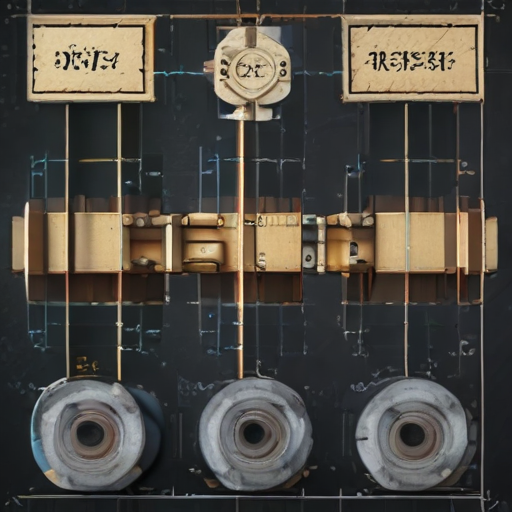
List Product features of “transport chain”
Transport chains are critical components in various industries for lifting, securing, and transporting heavy loads. Here are the key features:
1. Material Composition:
– Typically made from alloy steel, carbon steel, or stainless steel, providing excellent strength and durability.
2. Load Capacity:
– Designed to handle substantial weight, with specific load capacities clearly marked to ensure safe usage.
3. Grades and Standards:
– Available in different grades (e.g., Grade 70, Grade 80, Grade 100) that indicate their specific strength and application suitability.
– Adherence to industry standards such as ASTM, NACM, or ISO for consistent performance and safety.
4. Surface Coating:
– Often feature coatings such as galvanization or epoxy paint to resist corrosion and wear, enhancing longevity, especially in harsh environments.
5. Link Design:
– Features various link types (e.g., straight, twisted) tailored for specific applications like binding, lifting, or logging.
6. Heat Treatment:
– Undergoes specialized heat treatment processes to increase hardness and tensile strength, ensuring reliability under stress.
7. Flexibility and Versatility:
– Offers flexibility in use, adaptable to numerous configurations and connections with accessories such as hooks, shackles, and turnbuckles.
8. Safety Features:
– May include identification tags or markings indicating capacity and manufacturer, essential for ensuring proper utilization.
– Rigorous testing and guidelines provided to minimize the risk of failure and accidents.
9. Ease of Inspection and Maintenance:
– Designed for straightforward visual inspection, facilitating regular maintenance to detect signs of wear or damage early.
10. Application-Specific Variants:
– Variants include transport-specific chains tailored for securing cargo on trucks, lifting chains for cranes, and safety chains for towing.
11. Temperature Resistance:
– Capable of maintaining performance across diverse temperatures, crucial for both cold storage and high-temperature manufacturing processes.
By encompassing these features, transport chains ensure reliability, safety, and efficiency in handling heavy loads across various industrial applications.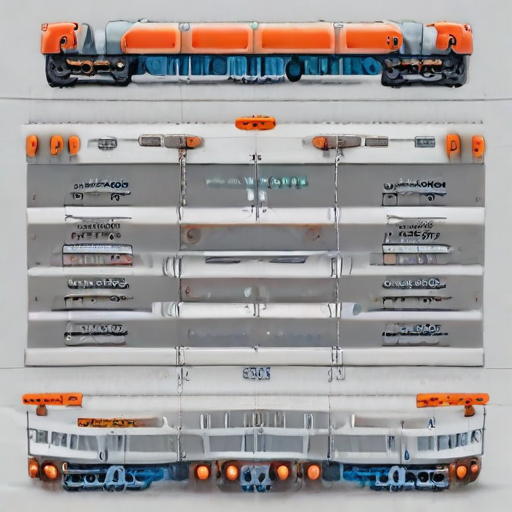
List Various Types of “transport chain”
1. Electron Transport Chain (ETC):
– Located in the mitochondrial inner membrane in eukaryotes and the plasma membrane in prokaryotes.
– Play a crucial role in cellular respiration and ATP production.
– Consists of a series of protein complexes and small molecules that transfer electrons from electron donors to electron acceptors via redox reactions.
– Major complexes involved include Complex I (NADH: ubiquinone oxidoreductase), Complex II (succinate-coenzyme Q reductase), Complex III (cytochrome bc1 complex), and Complex IV (cytochrome c oxidase).
2. Photosynthetic Electron Transport Chain:
– Occurs in the thylakoid membranes of chloroplasts in plants and cyanobacteria.
– Essential for the light-dependent reactions of photosynthesis.
– Involves Photosystem II (PSII), cytochrome b6f complex, Photosystem I (PSI), and ATP synthase.
– Transfers electrons from water to NADP+, forming NADPH while generating a proton gradient that drives ATP synthesis.
3. Respiratory Chain in Prokaryotes:
– Similar to the mitochondrial ETC but located in the plasma membrane of prokaryotes.
– More diverse than eukaryotic ETC and can use various electron donors and acceptors (e.g., nitrate, sulfate, fumarate) depending on the organism and environmental conditions.
– Plays a key role in bacterial respiration, energy generation, and adaptive metabolism.
4. Branched Respiratory Chains in Microorganisms:
– Some microorganisms exhibit branched respiratory chains that can function under aerobic and anaerobic conditions.
– Allows for flexibility in respiration, enabling survival in fluctuating environments.
– Utilizes different terminal oxidases and reductases based on oxygen availability or presence of alternative electron acceptors.
5. Peroxisomal Alpha-Oxidation Chain:
– Involves a chain of reactions within peroxisomes responsible for metabolizing branched-chain fatty acids.
– Converts these fatty acids into a form that can be further degraded by beta-oxidation.
These various transport chains are fundamental to processes such as energy production, photosynthesis, and metabolic adaptations across diverse biological systems.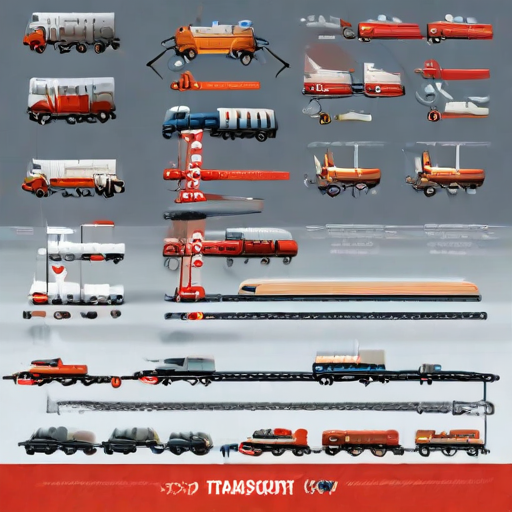
List Application of “transport chain”
A transport chain refers to a series of processes or components that move items, data, or energy from one place to another. Here are some applications across various fields:
1. Logistics and Supply Chain Management:
Transport chains are essential for moving products from manufacturers to retailers and finally to consumers. This includes warehousing, freight transport, and delivery services, ensuring efficient and timely distribution of goods.
2. Biological Systems:
In cellular respiration, the electron transport chain is crucial for ATP production in mitochondria. This process captures and uses energy released from electrons to produce energy that cells can use, fundamental for sustaining biological activity.
3. Energy Transmission:
Electrical grids are a type of transport chain, transmitting electricity from power plants to homes and businesses. Components like transformers, power lines, and substations work in unison to deliver reliable electrical energy.
4. Data Communication:
Data transport chains involve the transmission of data packets across networks. From local networks (LAN) to wide-area networks (WAN), and the internet, routers, switches, and cables function together to maintain data integrity and speed.
5. Healthcare Supply Chains:
Pharmaceuticals and medical supplies require efficient transport chains to ensure they reach health facilities in time. Vaccines, medicines, and surgical instruments depend on a robust transport chain for effective healthcare delivery.
6. Industrial Manufacturing:
Transport chains within factories include conveyor belts and automated guided vehicles (AGVs) that move parts and materials through various stages of production, ensuring smooth operations and productivity.
7. Public Transportation Systems:
Bus, rail, and metro systems serve as transport chains by facilitating the movement of people within cities and regions. These systems reduce congestion, promote economic activity, and provide mobility to the general public.
Each application of transport chains is critical for the functionality, efficiency, and sustainability of operations in diverse sectors, playing a vital role in modern-day infrastructure and development.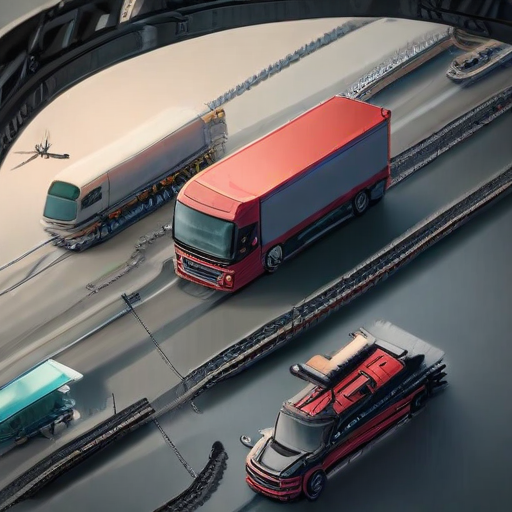
List Buyer Types of “transport chain”
The term “transport chain” refers to the network and processes involved in the movement of goods from one location to another. Different buyer types play crucial roles in this complex system, each with specific needs and responsibilities. Here’s a concise overview of the main buyer types involved in transport chains:
1. Freight Forwarders: These intermediaries arrange and coordinate transportation for individuals or companies. They manage all logistics, including documentation, shipping methods, and cargo insurance, ensuring the efficient movement of goods.
2. Shippers: Typically manufacturers, wholesalers, or retailers who need to transport goods. Shippers seek reliable, timely, and cost-effective methods to deliver their products to customers or distribution centers.
3. Carriers: These are organizations or individuals that provide transportation services. They can be further divided into:
– Trucking Companies: Handle road transport for short and long distances.
– Shipping Lines: Involved in maritime transport, often responsible for international shipments.
– Airlines: Manage air freight, useful for expedited or high-value shipments.
– Rail Companies: Offer rail transport, which is efficient for bulk goods over long distances.
4. Logistics Service Providers (LSPs): These companies offer comprehensive logistics solutions, including warehousing, inventory management, and transportation. They integrate multiple modes of transport to optimize the supply chain.
5. Third-Party Logistics Providers (3PLs): Specialized LSPs that manage outsourced logistics services for shippers. They handle everything from transportation to warehousing, providing flexibility and efficiency.
6. E-commerce Platforms: Online marketplaces that require robust transport chains to fulfill customer orders. They often partner with various logistics providers to ensure fast and reliable delivery.
7. Customs Brokers: Facilitate the customs clearance process for international shipments, ensuring compliance with import/export regulations.
8. Consignees: The recipients of the shipped goods, which can be end consumers, retailers, or other businesses. They demand timely and intact delivery.
Understanding these buyer types helps in optimizing the transport chain, ensuring that goods move smoothly from origin to destination while meeting specific requirements and expectations.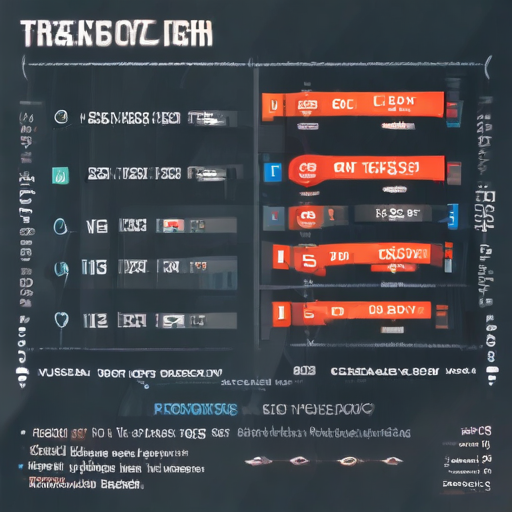
List “transport chain” Project Types for Different Industries
Certainly! Here are various project types within the domain of transport chains across different industries:
1. Automotive Industry
– Supply Chain Optimization: Improve just-in-time (JIT) delivery models to reduce inventory costs and enhance efficiency.
– Electric Vehicle (EV) Charging Network: Plan and install a network of EV charging stations.
– Advanced Shipping Notifications (ASN): Implement systems for real-time tracking of vehicle parts.
2. Retail and E-Commerce
– Last-Mile Delivery Solutions: Develop strategies for quicker and more efficient delivery to customers’ doorsteps.
– Warehouse Automation: Integrate robotic systems to streamline sorting, packing, and shipping processes.
– Real-Time Inventory Tracking: Utilize IoT devices for accurate stock management and reduced lead times.
3. Healthcare and Pharmaceuticals
– Cold Chain Logistics: Ensure temperature-controlled transportation of vaccines and medicines.
– Blockchain in Drug Supply Chain: Implement blockchain for transparency and traceability to combat counterfeit drugs.
– Automated Medication Dispensing Machines: Design and deploy machines at points of care to streamline operations.
4. Food and Beverage
– Perishable Goods Transportation: Develop efficient logistics for fresh produce to maintain shelf life.
– Blockchain for Traceability: Use blockchain to provide transparency from farm to table, ensuring food safety.
– Sustainable Packaging Solutions: Incorporate eco-friendly packaging to reduce the carbon footprint of distribution.
5. Manufacturing
– Lean Manufacturing and Kanban Systems: Optimize transport within the production process to minimize waste.
– Digital Twin Technology: Create virtual models of supply chains for predictive analytics and optimization.
– IoT for Asset Tracking: Use IoT sensors for real-time tracking of manufacturing equipment and inventory.
6. Construction and Infrastructure
– Heavy Machinery Transport: Plan and execute the transportation of oversized and heavy construction machinery.
– Prefabricated Materials Supply Chain: Streamline logistics for prefabricated construction materials.
– Jobsite Material Management: Implement systems to track and deliver materials just in time at construction sites.
7. Energy and Utilities
– Pipeline Monitoring Systems: Develop real-time monitoring for the transportation of oil and gas.
– Smart Grid Logistics: Enhance logistics for components and systems in electricity smart grids.
– Renewable Energy Supply Chain: Optimize the transportation of wind turbines, solar panels, and other renewable energy components.
Each of these projects aims to enhance efficiency, reliability, and sustainability within their respective transport chains.
transport chain Accessories Upgrades and Custom Manufacturing Options
The transport chain is a critical component in various industries, ensuring the smooth and efficient movement of goods and materials. To optimize performance and adaptability, several accessories, upgrades, and custom manufacturing options are available.
Accessories:
1. Guides and Rails: Enhance chain alignment and reduce lateral movement for smoother operation.
2. Wear Strips: Protect chain links from abrasion, increasing longevity.
3. Lubrication Systems: Automate lubrication to minimize friction and wear.
4. Mounting Brackets: Simplify installation and increase stability.
5. Chain Tensioners: Maintain optimal tension for reduced slippage and extended chain life.
Upgrades:
1. High-Strength Materials: Use alloys or engineered plastics for enhanced durability and resistance to harsh environments.
2. Corrosion-Resistant Coatings: Apply coatings such as zinc or nickel to prevent rust and extend service life.
3. Self-Lubricating Chains: Incorporate materials that reduce the need for external lubrication, ideal for clean environments.
4. Noise Reduction Features: Implement design modifications like dampening inserts to decrease operational noise.
5. Smart Monitoring Systems: Integrate sensors for real-time tracking of chain performance and predictive maintenance.
Custom Manufacturing Options:
1. Bespoke Dimensions: Manufacture chains to specific lengths, widths, and pitches to fit unique applications.
2. Customized Link Designs: Tailor link shapes and configurations to meet specialized operational requirements.
3. Load Capacity Adjustments: Design chains with varying load capacities to match the demands of different industries.
4. Temperature-Resistant Components: Develop chains capable of withstanding extreme temperatures for specialized uses.
5. Custom Attachments: Add specific fixtures such as brackets, pins, or extended pins to the chains to accommodate unique hauling or processing needs.
Leveraging these transport chain accessories, upgrades, and custom manufacturing options can significantly enhance the efficiency, reliability, and longevity of your transportation systems, tailored precisely to your operational demands.
List Quality Control and The Manufacturing Process of “transport chain”
Quality Control and Manufacturing Process of “Transport Chain”
Manufacturing Process:
1. Material Selection:
– High-strength alloys (e.g., steel) are selected to ensure durability.
2. Cutting:
– Raw material is cut into precise lengths to form chain links.
3. Forming:
– Links are formed using automated bending machines to achieve the correct shape.
4. Welding:
– Links are welded to ensure strong, secure joints.
5. Heat Treatment:
– Chains undergo controlled heating and cooling to enhance tensile strength and wear resistance.
6. Surface Treatment:
– Processes such as galvanizing, plating, or coating are applied to prevent corrosion and wear.
7. Assembly:
– Individual links are assembled into a continuous chain using specialized machinery.
Quality Control:
1. Material Inspection:
– Raw materials are tested for compliance with specifications regarding tensile strength and chemical composition.
2. Dimensional Verification:
– Precision measuring tools ensure all links meet dimensional standards.
3. Weld Quality Check:
– Ultrasonic or X-ray inspections verify the integrity of welds.
4. Heat Treatment Validation:
– Hardness tests and microstructural analysis verify successful heat treatment.
5. Surface Inspection:
– Visual and coating thickness inspections ensure uniform surface treatment.
6. Load Testing:
– Sample chains are subjected to tensile and fatigue tests to verify load-bearing capacity.
7. Non-Destructive Testing (NDT):
– Techniques such as Magnetic Particle Inspection (MPI) detect surface and near-surface flaws without damaging the chain.
8. Final Inspection:
– Comprehensive review of assembly accuracy, overall functionality, and adherence to specifications before packaging and shipping.
Achieving high-quality transport chains involves meticulous attention to material choice, precise manufacturing steps, and rigorous quality assurance protocols to ensure reliability and longevity in their application.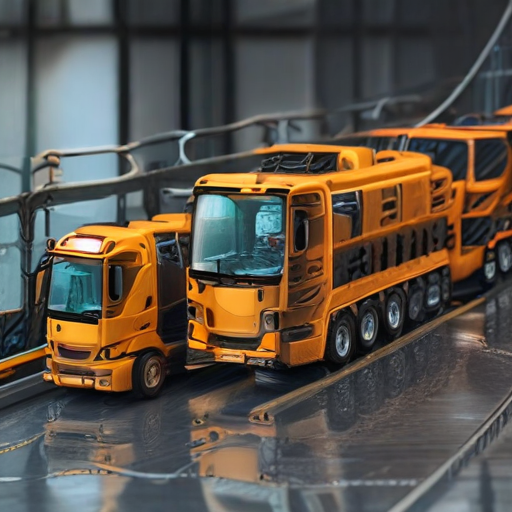
How to use “transport chain”
The term “transport chain” often refers to a series of stages or processes involved in moving goods or individuals from one location to another. In a biological context, it frequently pertains to the electron transport chain, a crucial part of cellular respiration in mitochondria. Here are examples showcasing both contexts:
1. Logistics Context:
In logistics, the transport chain involves various modes of transport, like trucks, ships, and planes, seamlessly connecting to ensure efficient delivery of goods. For instance:
– “The company’s efficient transport chain incorporates trucks, railways, and cargo ships to deliver products worldwide.”
– “Optimizing the transport chain can significantly reduce costs and improve delivery times.”
2. Biological Context:
The electron transport chain is a series of complexes that transfer electrons through a membrane within mitochondria to form a gradient of protons that drives ATP synthesis. For example:
– “The electron transport chain is crucial for cellular respiration because it generates ATP, the energy currency of the cell.”
– “In the mitochondria, the electron transport chain creates a proton gradient that ultimately leads to the production of ATP.”
Understanding and optimizing the transport chain in logistics can lead to more efficient and cost-effective operations. Similarly, a deep knowledge of the electron transport chain in biology can contribute to advances in medicine and bioenergetics. Whether in industrial logistics or cellular biology, the concept of a “transport chain” plays a vital role in maintaining the flow of processes essential for function and efficiency.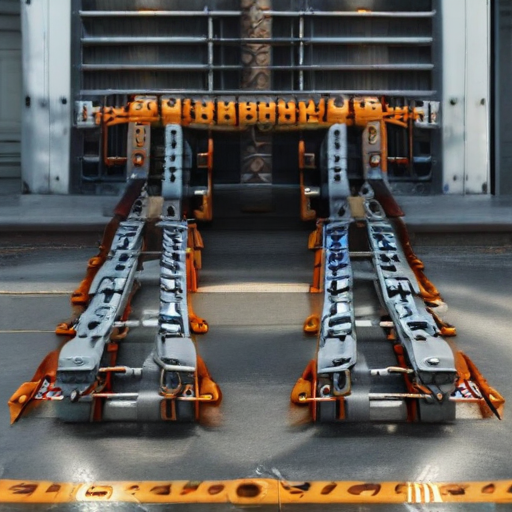
“transport chain” Comparative Analysis
A transport chain broadly refers to an array of components working sequentially to transfer entities—whether they be electrons, molecules, or goods—from one location to another. Two primary contexts where transport chains are pivotal are biological systems and logistics.
Electron Transport Chain (ETC) in Biology:
The Electron Transport Chain is a series of complexes located in the mitochondrial inner membrane (in eukaryotes) or the plasma membrane (in prokaryotes). It plays a crucial role in cellular respiration, facilitating the transfer of electrons from electron donors like NADH and FADH₂ to electron acceptors like oxygen, through a series of redox reactions. The energy released during these reactions pumps protons across the membrane, creating an electrochemical gradient. This gradient powers ATP synthase, producing ATP, the cell’s primary energy currency. The ETC’s efficiency and function are vital in energy metabolism and cellular activities.
Supply Chain in Logistics:
Conversely, a supply chain encompasses the entire process of producing and delivering goods, from raw material suppliers to manufacturers, distributors, and finally to consumers. This involves a series of logistical steps: procurement, production, transportation, warehousing, and distribution. Effective supply chain management focuses on optimizing these steps to ensure cost efficiency, timely delivery, and quality control. Modern supply chains leverage technology for real-time data tracking and optimization techniques like Just-In-Time (JIT) inventory to minimize waste and enhance efficiency.
Comparative Analysis:
Both chains rely on a sequential process to move their respective “cargo,” be it electrons or goods. The ETC emphasizes biochemical efficiency and energy conversion at a cellular level, crucial for life processes. In contrast, the logistics supply chain focuses on operational efficiency and cost-effectiveness on a macro scale, essential for economic activity.
In summary, while the Electron Transport Chain is fundamental to biochemical energy production, the logistics supply chain is essential for the movement of goods in the economy. Both highlight the importance of organized, sequential transfer processes, albeit in vastly different contexts.
“transport chain” Warranty and Support
At Transport Chain, we pride ourselves on providing top-tier products and unparalleled customer support. Our warranty and support policies are designed to ensure your satisfaction and offer peace of mind.
Warranty Coverage:
Transport Chain offers a standard one-year warranty on all our products, covering manufacturing defects and hardware failures. If your product encounters any issues within this period, we will repair or replace it at no additional cost to you. This warranty does not cover accidental damage, misuse, or unauthorized alterations. For enhanced protection, customers can purchase extended warranty plans at the time of purchase or within the standard warranty period.
Support Services:
Our dedicated support team is available 24/7 to assist you with any issues or inquiries. You can reach us through multiple channels including phone, email, and live chat. We strive to provide prompt and effective solutions, ensuring minimal disruption to your operations.
How to Claim Warranty:
1. Contact our support team through your preferred channel.
2. Provide purchase proof and a detailed description of the issue.
3. Our team will guide you through troubleshooting steps and if necessary, arrange for repair or replacement.
Maintenance and Care:
To ensure longevity and optimal performance of your Transport Chain products, we recommend regular maintenance and adherence to usage guidelines provided in the user manual. Routine checks and timely updates will help prevent potential issues.
Customer Satisfaction:
At Transport Chain, your satisfaction is our priority. We welcome feedback and continually work towards improving our products and services. Should you have any concerns or suggestions, please do not hesitate to reach out.
Our commitment to quality, backed by comprehensive warranty and support, makes Transport Chain a reliable choice for all your needs.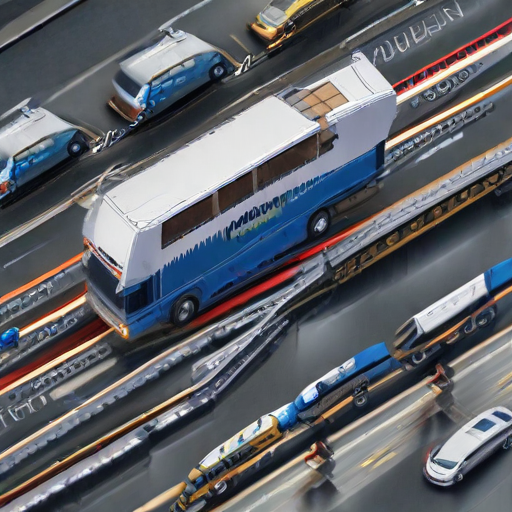
List “transport chain” FAQ
Sure! Here’s a list of frequently asked questions (FAQ) about the “transport chain”:
Transport Chain FAQ
Q1: What is a transport chain?
A: A transport chain typically refers to a sequence of carriers transporting electrons or substances, often found in biological systems or supply chain logistics.
Q2: Where is the electron transport chain located?
A: In eukaryotic cells, the electron transport chain is located in the inner mitochondrial membrane. In prokaryotes, it is found in the plasma membrane.
Q3: What is the function of the electron transport chain in mitochondria?
A: It generates ATP through oxidative phosphorylation by transferring electrons from NADH and FADH2 to oxygen, forming water.
Q4: What are the main components of the electron transport chain?
A: The main components are protein complexes I, II, III, and IV, and mobile electron carriers like coenzyme Q (ubiquinone) and cytochrome c.
Q5: What is the relationship between the electron transport chain and ATP synthesis?
A: The electron transport chain creates a proton gradient across the mitochondrial membrane, which drives ATP synthesis via ATP synthase.
Q6: What disrupts the electron transport chain?
A: Common disruptors include toxins like cyanide and carbon monoxide, which can inhibit specific complexes, and genetic mutations affecting the components.
Q7: How does the transport chain relate to supply chains?
A: In logistics, a transport chain refers to the sequence of modes and routes used to transfer goods from origin to destination, ensuring smooth and timely delivery.
Q8: What are typical modes of transport in a logistics transport chain?
A: Modes include road, rail, air, and sea transport, often combined to optimize efficiency and cost.
Q9: How do organizations manage transport chains in logistics?
A: They use transport management systems (TMS) and supply chain management (SCM) software to plan, execute, and monitor the transport process.
Q10: What are the challenges in managing a logistics transport chain?
A: Challenges include handling delays, optimizing routes, managing costs, dealing with regulatory compliance, and ensuring security.
These concise answers should give you a clear understanding of transport chains in both biological and logistical contexts.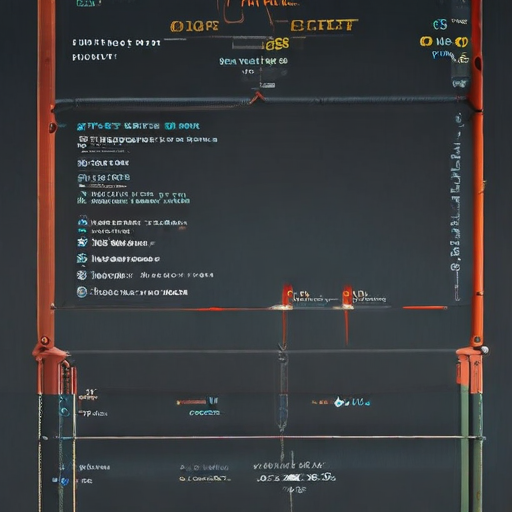
Top 10 FAQ with answer about transport chain for Buyer Sourcing from China
1. What are the common transport options available for sourcing from China?
– The primary options include sea freight, air freight, rail freight, and courier services. Sea freight is cost-effective for large volumes, air freight is faster but more expensive, rail is a good middle ground for European shipments, and couriers are suitable for small, urgent packages.
2. How long does it take to ship goods from China?
– Shipping time varies by method. Sea freight to the US or Europe usually takes 20-40 days, air freight takes 5-10 days, rail to Europe around 15-20 days, and courier services take 3-7 days.
3. What are Incoterms and why are they important?
– Incoterms (International Commercial Terms) define the responsibilities of buyers and sellers in international trade, affecting shipping costs, risks, and logistics. Common Incoterms include FOB (Free on Board), CIF (Cost, Insurance, and Freight), and DDP (Delivered Duty Paid).
4. What is the cost difference between air and sea freight?
– Air freight is significantly more expensive than sea freight. For instance, air freight can cost $5-20 per kg, while sea freight might be below $1 per kg for large shipments. However, cost varies based on volume, weight, and urgency.
5. Do I need a freight forwarder, and what do they do?
– A freight forwarder arranges the transportation and logistics of your goods, handling documentation, customs clearance, and more. They can simplify the process, especially if you’re unfamiliar with international shipping regulations.
6. What documents are required for shipping from China?
– Key documents include the commercial invoice, packing list, bill of lading, certificate of origin, and any relevant import/export licenses. Compliance with customs requirements is crucial.
7. How can I track my shipment?
– Most shipping companies provide tracking services on their websites. You’ll need a tracking number (provided by the shipping company) to monitor your shipment’s status online.
8. What are customs duties and taxes, and who pays them?
– Customs duties and taxes are fees imposed by the destination country’s government. Depending on Incoterms, either the buyer or the seller can be responsible for these. DDP terms mean the seller pays, while under FOB or CIF, the buyer usually handles these costs.
9. How do I ensure the quality of goods before shipment?
– Conduct pre-shipment inspections using third-party inspection companies. They check the quality, quantity, and conformity of your goods to your specifications before they leave China.
10. What are the risks and how can they be mitigated?
– Risks include delayed shipments, damaged goods, and customs issues. Mitigate by choosing reliable suppliers, using reputable freight forwarders, purchasing shipping insurance, and staying informed about import regulations.
By understanding these FAQs, you’ll be better equipped to manage and optimize your sourcing and shipping arrangements from China.

